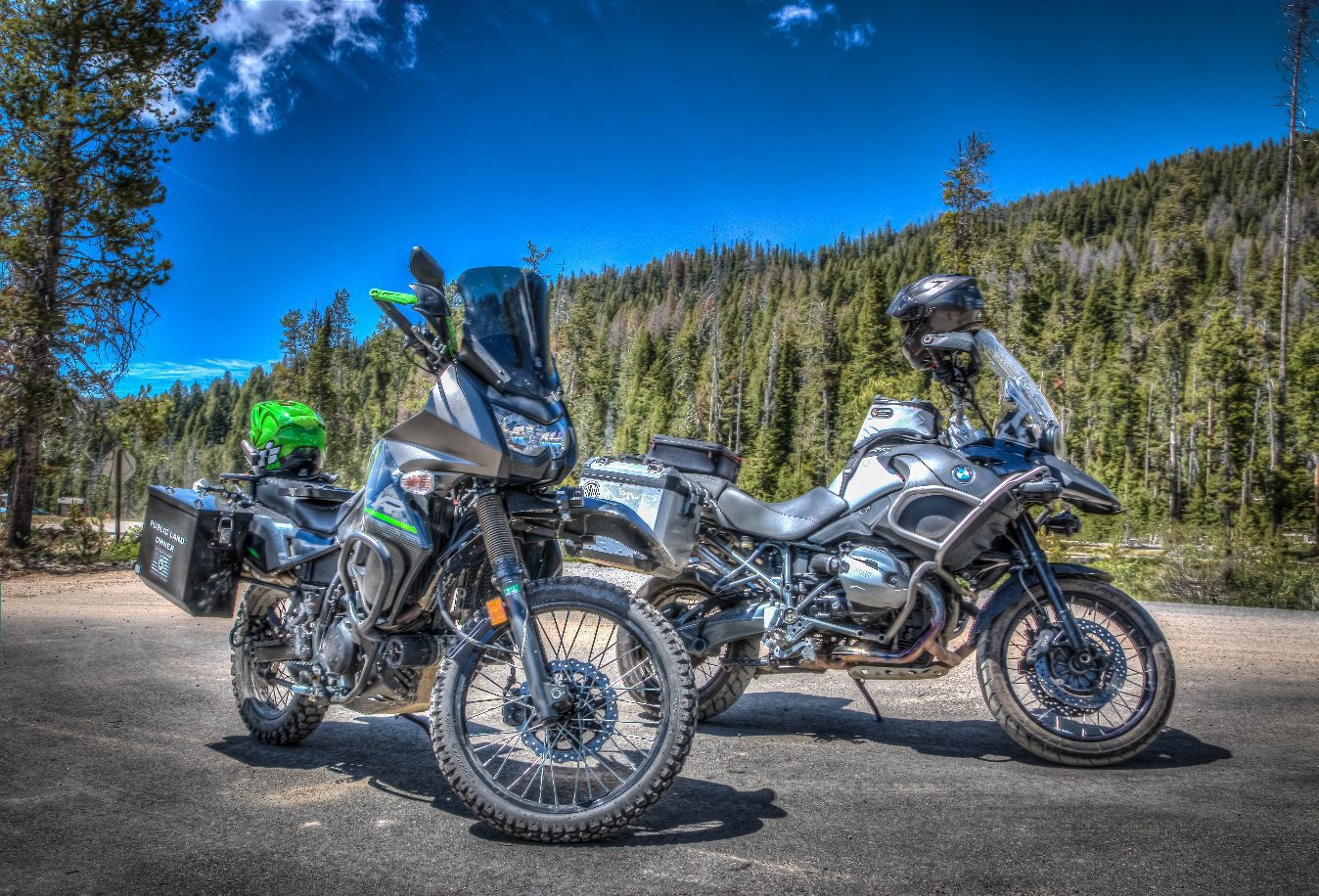
What Car Drivers Need to Know About Motorcycles

Spring is here, which means you’ll likely see more motorcycles on the road. And the key word here is “see.” People driving cars and trucks often fail to notice the motorcyclists around them, partly because they’re not accustomed to looking for them.
It’s obvious yet bears repeating: Motorcyclists are much more vulnerable than car and truck drivers and passengers. Not only are there many more cars and trucks on the road, but there’s no such thing as a “fender bender” for a motorcyclist. Even a low-speed collision can seriously injure a rider, not to mention total the bike, so it’s important to always give motorcycles extra space and an extra look.
Below are six tips to help you safely share the road with motorcyclists.
Objects in mirror. The object in your mirror may be closer than it appears — especially if it’s a motorcycle. Due to its size, it can be harder to determine how close a motorcycle is and how fast it’s moving. When turning into traffic, always estimate a bike to be closer than it appears to avoid forcing a rider to quickly hit the brakes — or worse.
Watch those left turns. One of the most common motorcycle accidents involves a car making a left turn directly in front of a bike at an intersection. Give yourself an extra moment to look specifically for motorcycles coming toward you when turning into traffic.
Double-check your blind spot. Carefully checking your blind spot before changing lanes is always a good idea. When it comes to motorcycles, it’s critical. A bike can be easily obscured in the blind spot, hidden behind your car’s roof pillars, or blend in with cars in other lanes, so make a habit of checking carefully before changing lanes. Plus, always use your turn signal.
Don’t tailgate. This is another general rule for all drivers, but it’s especially important when following a motorcycle. Be aware that many riders decrease speed by downshifting or easing off the throttle, so you won’t see any brake lights even though they are slowing down. Following at least three seconds behind the bike should give you enough time and space to safely slow down or stop when necessary.
Stay in your lane. Obviously, motorcycles don’t take up an entire lane the way cars or trucks do. But that doesn’t mean you can cozy up and share a lane with a bike. Just because the rider may be hugging one side of the lane doesn’t mean you can move into that space. Riders are likely doing this to avoid debris, oil on the road, or a pothole, so a bit of mild swerving within the lane can be expected. Do not crowd into the lane with a bike.
Think about motorcycles. Making a habit of always checking for bikes when you drive will make the above tips second nature and make you a better driver. To personalize it, think about your friends and family members who ride bikes and then drive as if they are on the road with you. Motorcyclists — and everyone else — will thank you.
Categories: Blog
